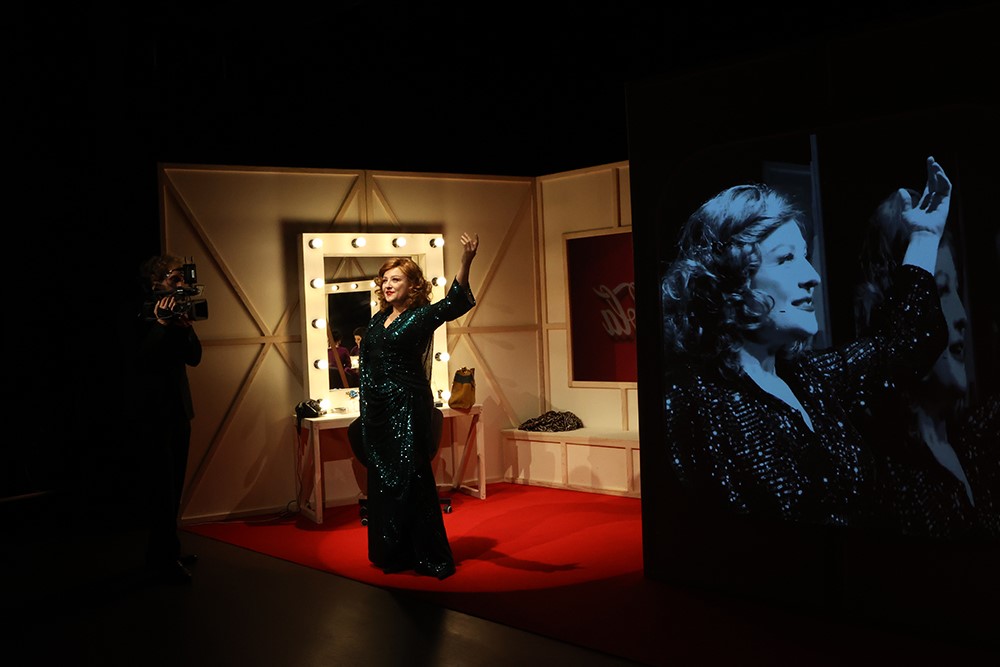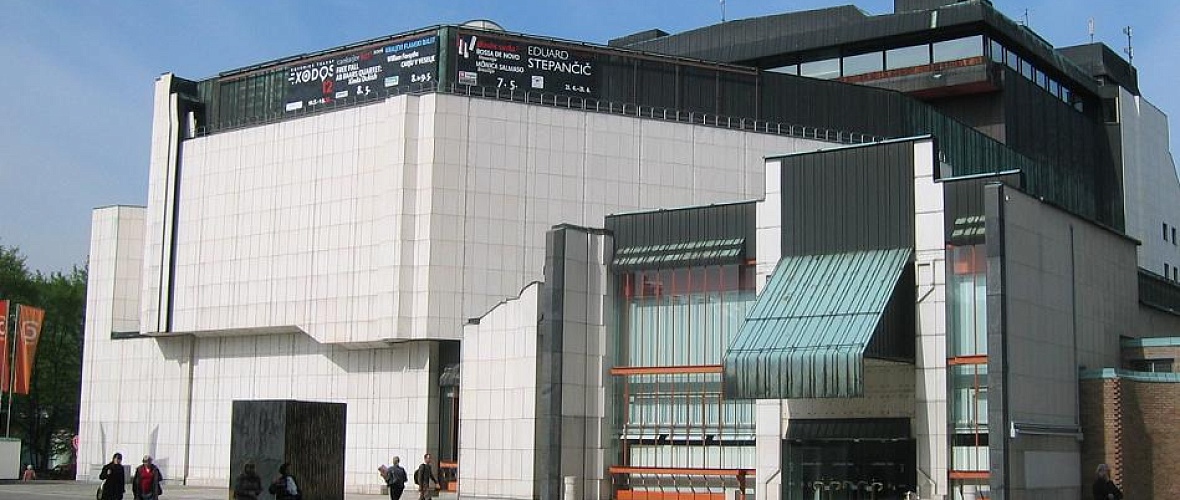Jean Marbœuf: What Happened to Bette Davis and Joan Crawford?
Jean Marbœuf: What Happened to Bette Davis and Joan Crawford?
Why do they hate each other so much?
Basic hatred might just be another form of love. The bile that relentlessly pours onto a rival is, after all, an elixir of respect. It’s recognizing oneself in another. It’s an attempt at emancipation in an industry dominated by men who project dreams and make dollars with the same recurring motif: platinum blonde. Their pain and fear, caused by objectifying and passive roles for women, simplifying their roles, and the cult of youth—which is no longer their power—lead them through the battlefield of rivalry, where all acting means and tricks are allowed.
Icons of the dream factory dethroned from the assembly line of stardom. The Hollywood Cadillac, which has no reverse gear. It only drives forward, always bringing something new, something again young. The old is discarded, forgotten, left to fade and wander. From the bosom of Hollywood comes the message: "You are done."
Acting... everything else is crap.
(From the text of the play by Jean Marboeuf)
The imposing vintage duo resists this machine of oblivion. They perform in front of the camera with their own antagonist. The personification of the estranged. They prefer self-immolation to a slow extinction. Rage and sadness fuel their creation. Neither can perform alone. The actress opposite is the decisive element of one’s success. To survive, you need your true enemy, your Nemesis, to co-create the reality of fiction with you. Joining forces to play the inevitable. Leaving, too, must be done with dignity. The joint artwork of confession answers the mutual hatred with the question:
"You mean all this time we could have been friends?"
Each of them longed for what the other had...
Joan envied Bette’s incredible talent, while Bette envied Joan’s exceptional seductive glamour.
- George Cukor, Director
Original title: Qu'est-il arrivé à Bette Davis et Joan Crawford?
Translation: Diana Koloini



